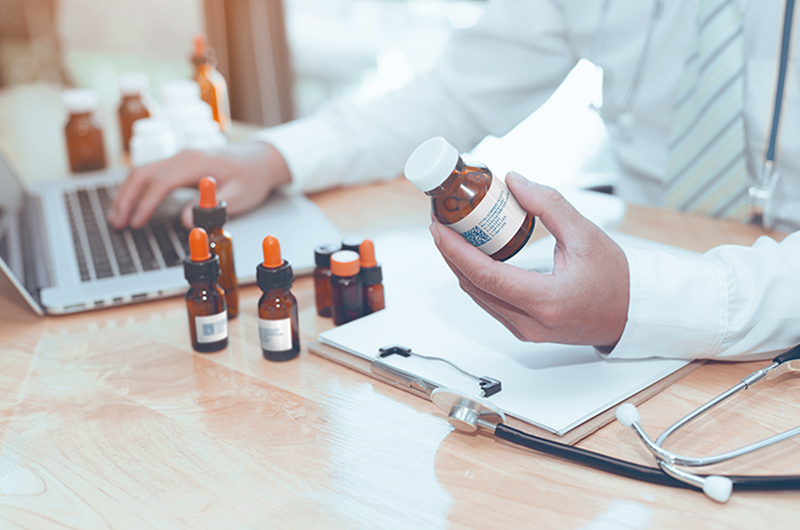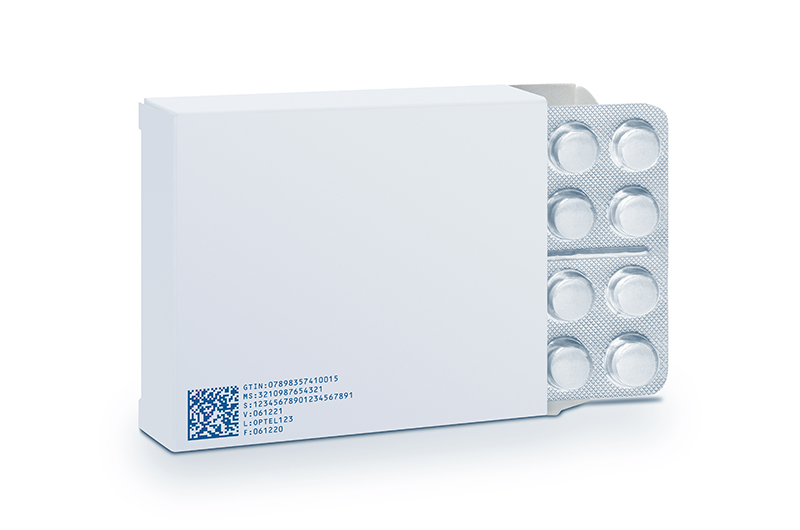Drug counterfeiting has become a global problem, with underdeveloped and developing countries bearing the brunt of it.
Burdened by its growing population, and COVID-19, the pharmaceutical industry in India – one of the largest developing countries – is bent up to the point of breaking. This stress has introduced many cracks in the supply chain, which are wide enough to allow counterfeit drugs to enter.
The presence of counterfeit drugs in any supply chain can be detrimental to public health. For starters, it might not have the desired effect on the patients’ conditions. In the worst cases, it can irreversibly harm their health.
Moreover, as a pharmaceutical supply chain member, the presence of counterfeit drugs can severely hurt your business and harm your reputation. Most importantly, it also reduces the public’s trust in the healthcare system.
To battle this problem, the Government of India has issued an API Traceability Regulation that outlines track-and-trace requirements for active pharmaceutical ingredients.
What are they? Well, they’re the stuff all medicines are made of. They can either furnish pharmacological activity or directly affect the cure, diagnosis, or treatment of a medical condition.
Read on to find out everything that you must know about API traceability.




